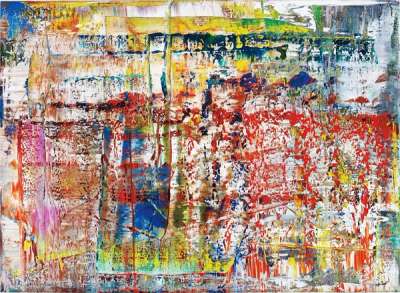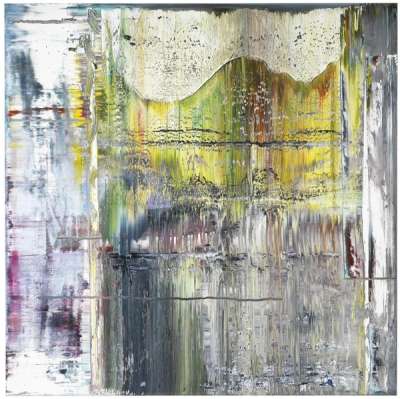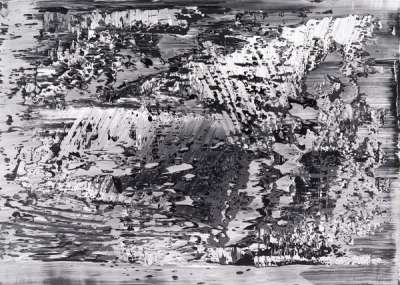
Abstract Painting

Abstract Painting
Signed Print
Gerhard Richter
Price data unavailable
AAGR (5 years) This estimate blends recent public auction records with our own private sale data and network demand.
There aren't enough data points on this work for a comprehensive result. Please speak to a specialist by making an enquiry.
Medium: Lithograph
Edition size: 100
Year: 1990
Size: H 42cm x W 58cm
Signed: Yes
Format: Signed Print
TradingFloor
Track this artwork in realtime
Watch artwork, manage valuations, track your portfolio and return against your collection
Meaning & Analysis
A signed lithograph print, Abstract Painting was issued in a limited edition of 100 in 1990. Part of German artist Gerhard Richter’s Abstract collection, it is another standout example of the artist’s bold forays into abstraction – an artistic concept with which he had begun to experiment during the late 1970s.
Like other works in the Abstract collection, such as Abstraktes Bild (P1), this print offers an in-depth view of Richter’s love for intricate, meditative, and dynamic painting. Non-representational in its remit, the piece consists of a bold treatment of dark, moody colours. Juxtaposed against flecks of bright white paint – a ‘classic’ colour, according to Richter’s assistants, and one of many the artist restricts himself to – these earthy hues provide a further source of heavy contrast, releasing the image from its two-dimensionality. They also recall Richter’s Cage paintings, produced in 2006 and directly inspired by the avant-garde composer and installation artist of the same name.
Leaving himself – and the artwork – open to accident and creative serendipity alike, Richter produces his abstract paintings with a number of large home-made squeegees. First applying several layers of block colour directly to canvas, Richter then daubs these squeegees with different oil paints, before dragging them across the canvas surface. This distorts and disrupt his previous marks. Later, Richter embellishes these layers of oil paint, which are still wet, with a palette knife or clean squeegee, revealing different layers of colour below. Although quite unlike Richter’s photorealist works, such as the iconic Betty, this artwork is testament to Richter’s long-held wish to deconstruct mainstream artistic practices. As such, it is heavily influenced by Richter’s time at the Dresden Academy, where he received a strict ‘socialist realist’ training in painting.




